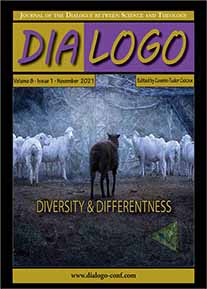Photoneutron activation analysis and multivariate geostatistical approach to assess the spatial occurrence of trace heavy metals in Crisuri Basin
Photoneutron activation analysis and multivariate geostatistical approach to assess the spatial occurrence of trace heavy metals in Crisuri Basin
Author(s): Cristiana Oprea, Alexandru Oprea, Cosmin Tudor Ciocan, Diana Cupsa, Marina V. Gustova, Oleg D Maslov, Anatoly G. Belov, Alin Teusdea, Istvan Gergely, Ion Gruia, Doris CadarSubject(s): Supranational / Global Economy, Business Economy / Management
Published by: EDIS- Publishing Institution of the University of Zilina
Keywords: multivariate statistical analysis; trace heavy metals (HM); Crisuri Basin; geostatistical modelling; HM spatial patterns;
Summary/Abstract: The Crisuri Basin, with its total length of 1093 km (among which 670 km in Romania), is subjected to an effective environmental monitoring system consisting of 18 water stations network. Their integrated information is used for the water assessment problem to understand the biogeochemical processes leading to significant pollution levels in some running water sectors. The goal of this research is to predict the most important factors causing the change of the geochemical measured parameters of some components of the Crisuri water resources. In the present paper, we developed a multivariate statistical model to estimate the spatiotemporal distribution of heavy metals in the field and to identify the contamination sources of Basin River waters. Two methods were deployed as an overall approach to fulfill the proposed objectives, namely the photoneutron activation analysis followed by high-resolution gamma-ray spectrometry and the multivariate statistical analysis. The elements analyzed by different analytical techniques and introduced in databases were As, Cd, Ca, Cu, Fe, Mg, Hg, Na, Ni, Pb, Zn, N-NH4, N-NO2, N-NO3, P-PO4, fixed residues, S-SO4, Cl, phenols and, additional oil compounds. By combining the spatially distributed geochemical data on trace heavy metals with the spatially distributed geophysical data, we obtained the most significant fingerprint factors and their associated uncertainty information concerning the water quality.
Journal: Dialogo
- Issue Year: 8/2021
- Issue No: 1
- Page Range: 77-82
- Page Count: 6
- Language: English

